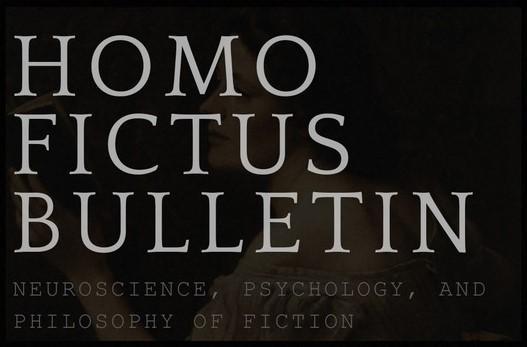In an era where digital distractions are often blamed for declining reading habits, a recent qualitative case study offers new insights into how adolescents engage with fiction both in print and digitally (Loh, 2024). This study reveals that young readers are highly motivated by immersive fiction and seamless access to engaging content. The research highlights the interplay between print and digital media, illustrating how contemporary adolescents navigate various platforms to satisfy their reading interests.
Study overview
Loh (2024) adopted a case study on 12 Singaporean students (aged 14 and 15) and used a mobile ethnography approach to examine contemporary print and new media (fiction) leisure reading habits among adolescents. Mobile ethnography leverages smartphones as tools for adolescent participants, positioning them as co-investigators in documenting and recording their own reading activities. Loh used this method to capture the actual, real-time reading practices of adolescents as they occurred in their everyday lives, both in and out of school. The data collection process spanned four days, encompassing two weekdays and two weekend days. During this period, the students used an interactive mobile ethnography app on their smartphones to document their reading activities by taking images or videos of their reading experiences in print and on digital devices (laptop and smartphone) over the four days.
Findings
The study found that adolescents are more likely to engage in reading when they anticipate an immersive and entertaining experience. According to Loh (2024), three key factors contribute to this immersive experience: compelling stories, cross-platform interaction, and ease of technological access. The study found adolescents are drawn to narratives with engaging plots and relatable characters, which keep them invested in the story. Beyond simply reading, many young readers interact with narratives across various media platforms. For example, they often read books after watching movie adaptations or engage with manga after being introduced to anime. This cross-platform engagement strengthens their connection to stories and enhances their overall reading pleasure. Additionally, adolescents’ reading activities are shaped by social and technological infrastructures that support their access to fiction. The study highlights that digital platforms, such as the National Library Board app and Wattpad, play a significant role in encouraging reading by offering free, searchable, and continuously updated content, personalized recommendations, and community interactions. Adolescents value the convenience of digital tools, which provide immediate access to a wide range of content while fostering a sense of connection with fellow readers.
Disclaimer
This blog post is based on scientific research and is intended solely for public awareness.
For detailed information, please refer to the original article.
Loh, C.
E. (2024). What Makes adolescents want to read? Examining adolescents’
contemporary print and new media (fiction) leisure reading through mobile
ethnography. Language and Education, 38(4), 596-616. https://doi.org/10.1080/09500782.2024.2326099




